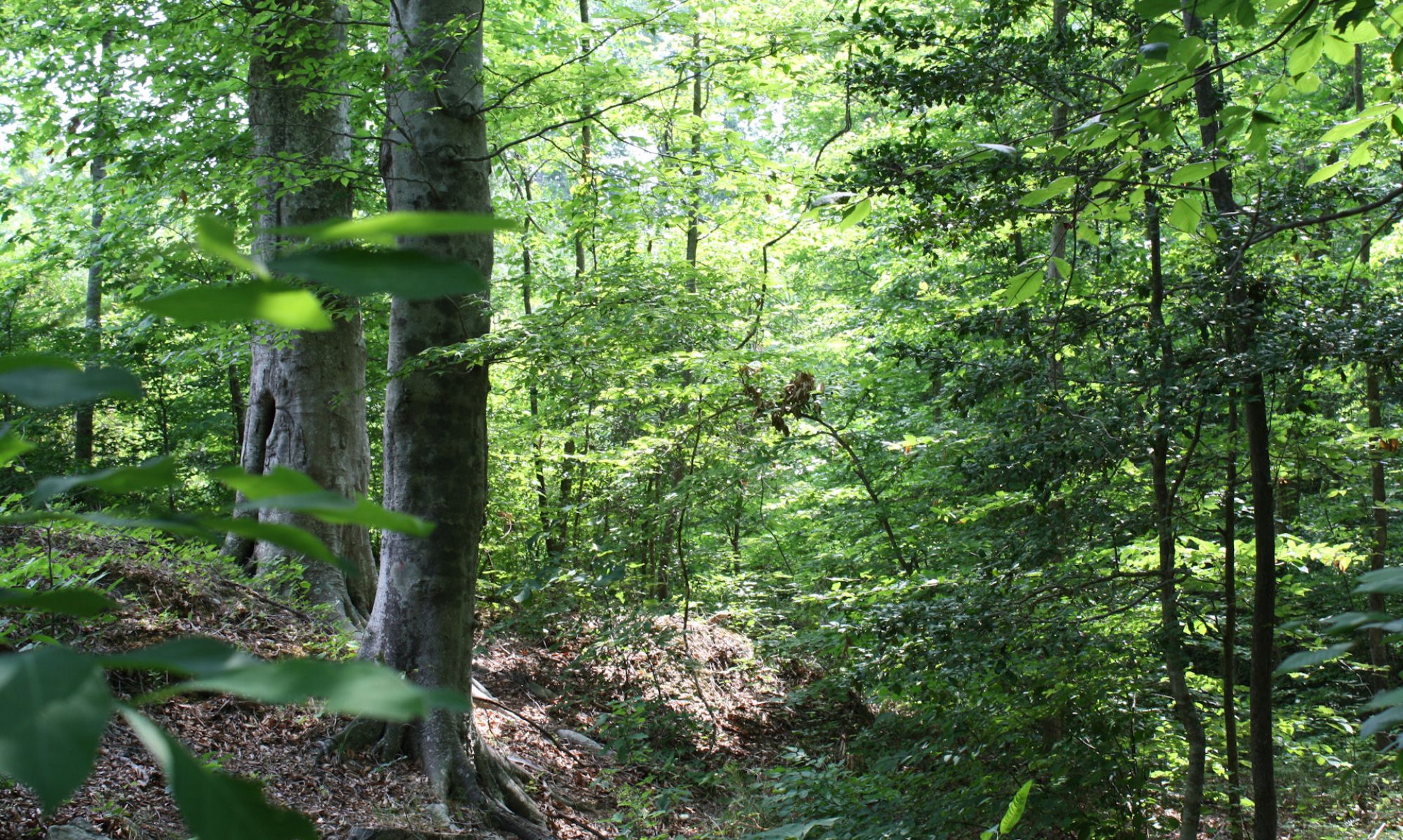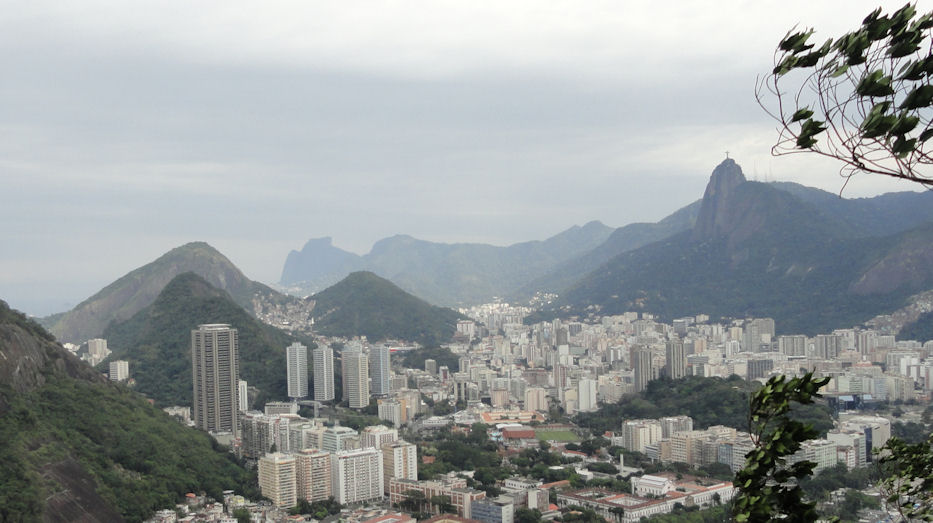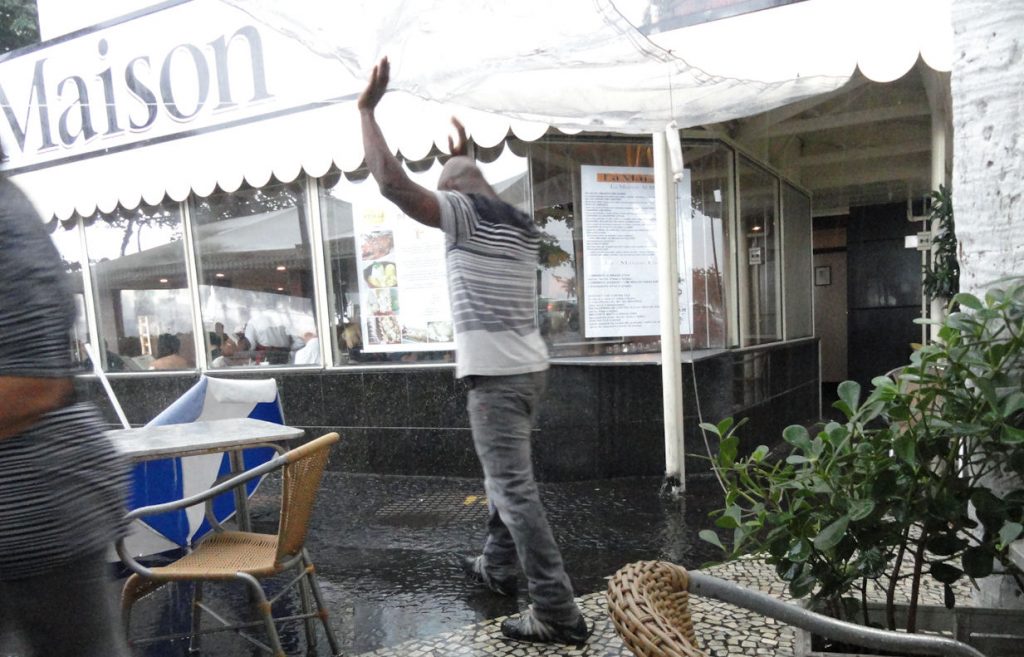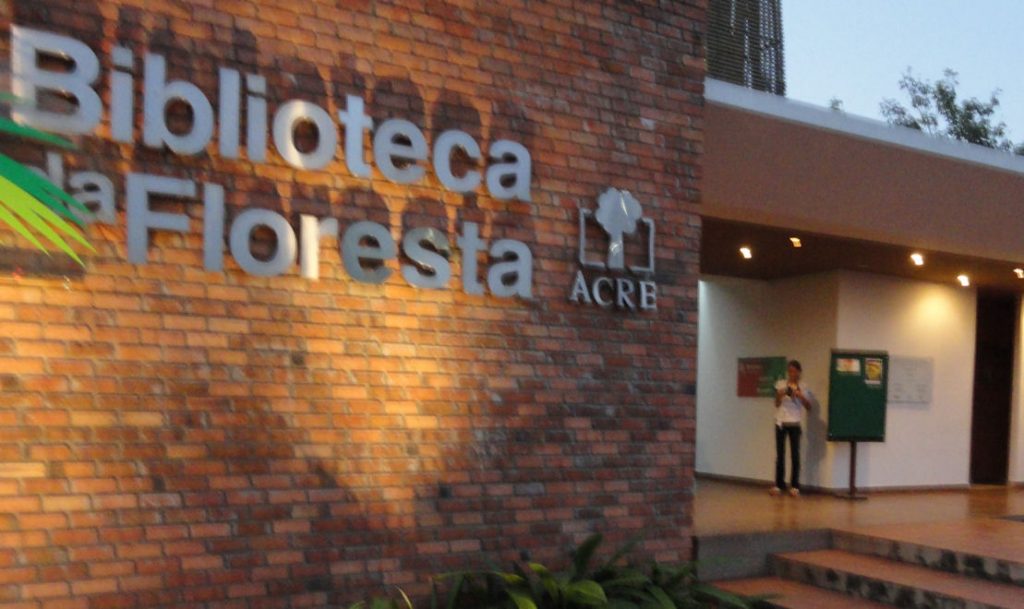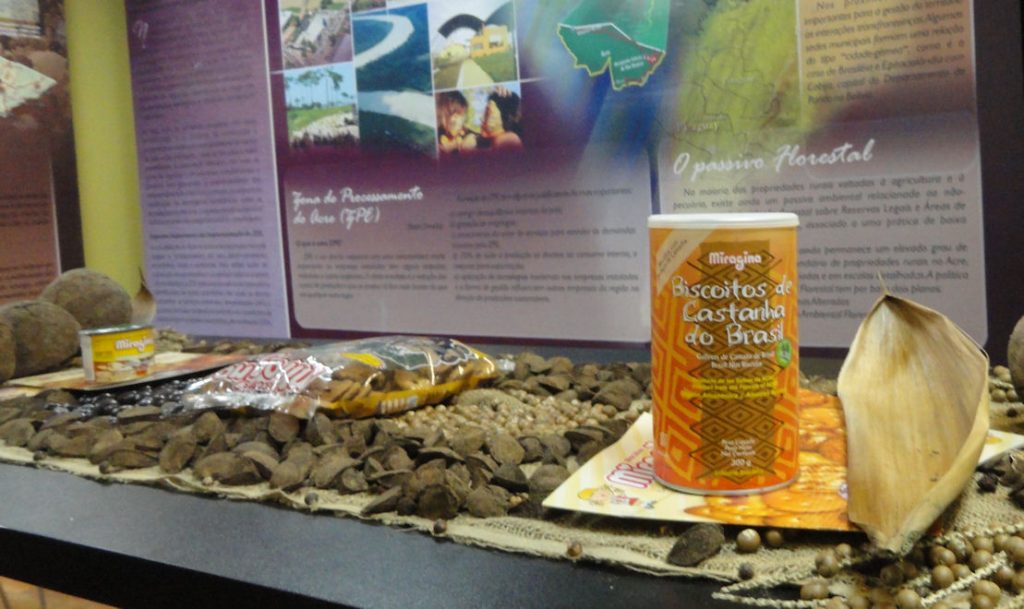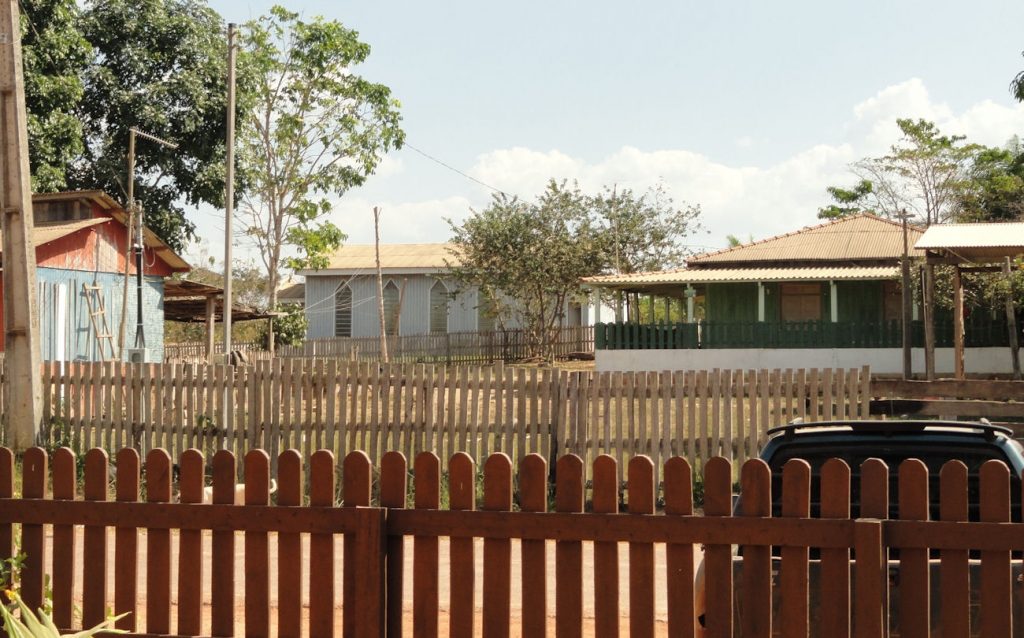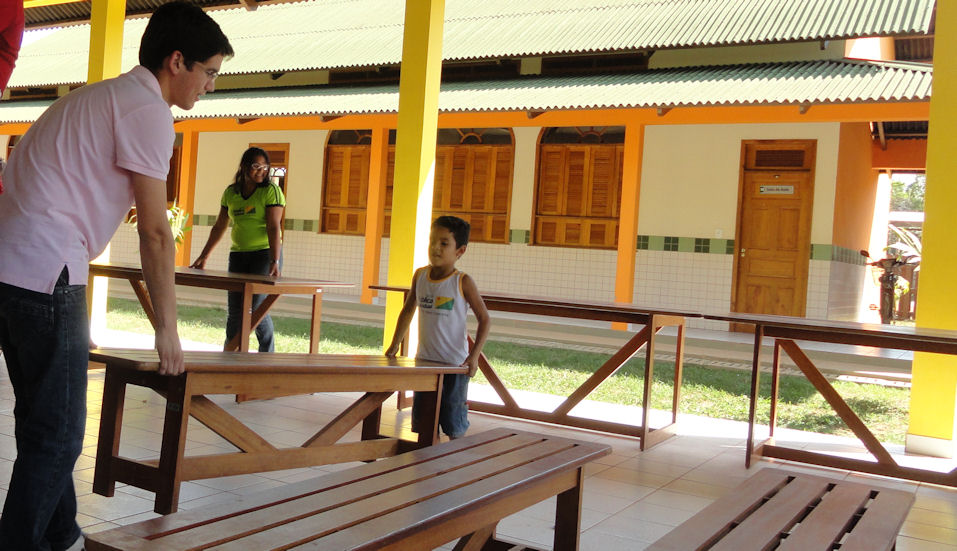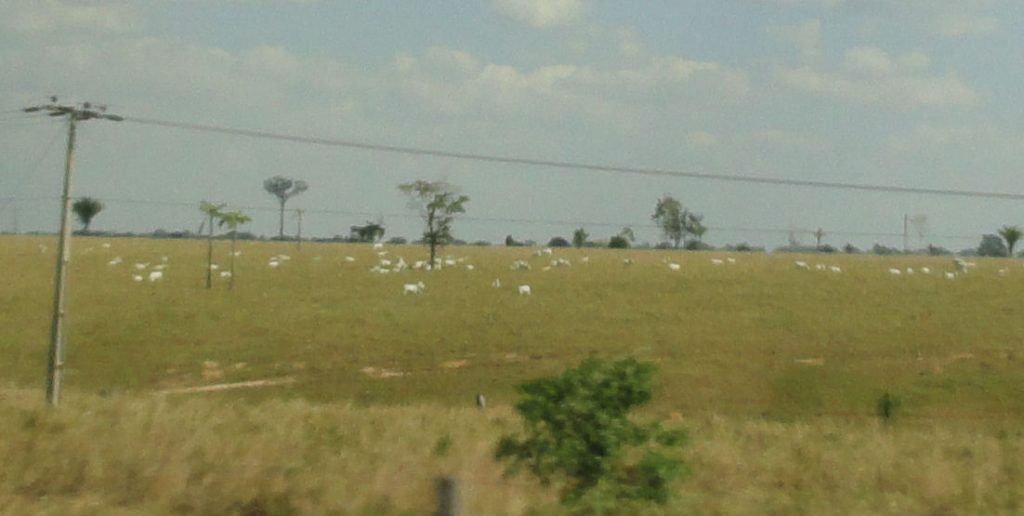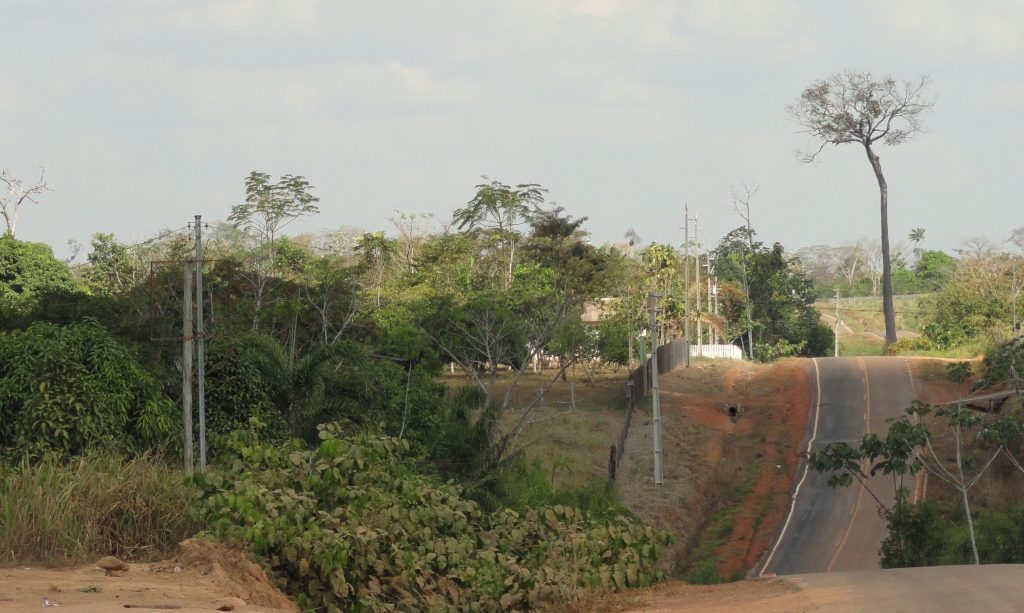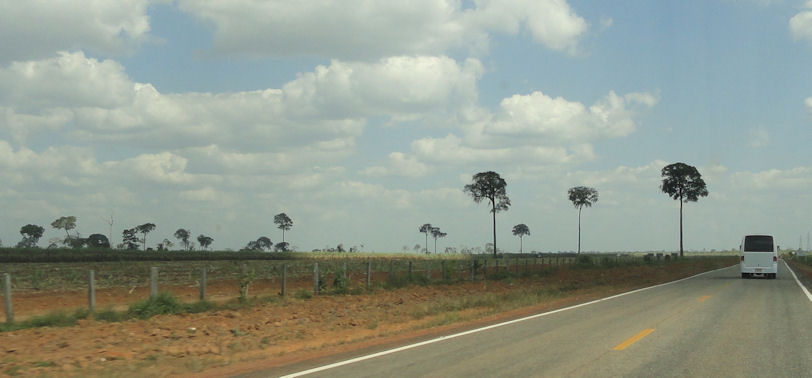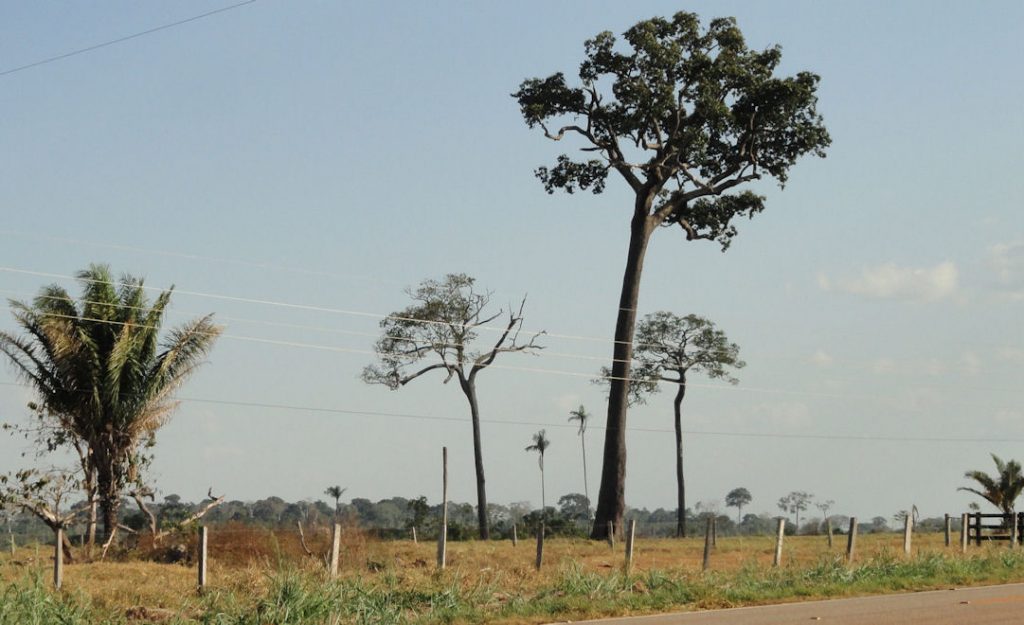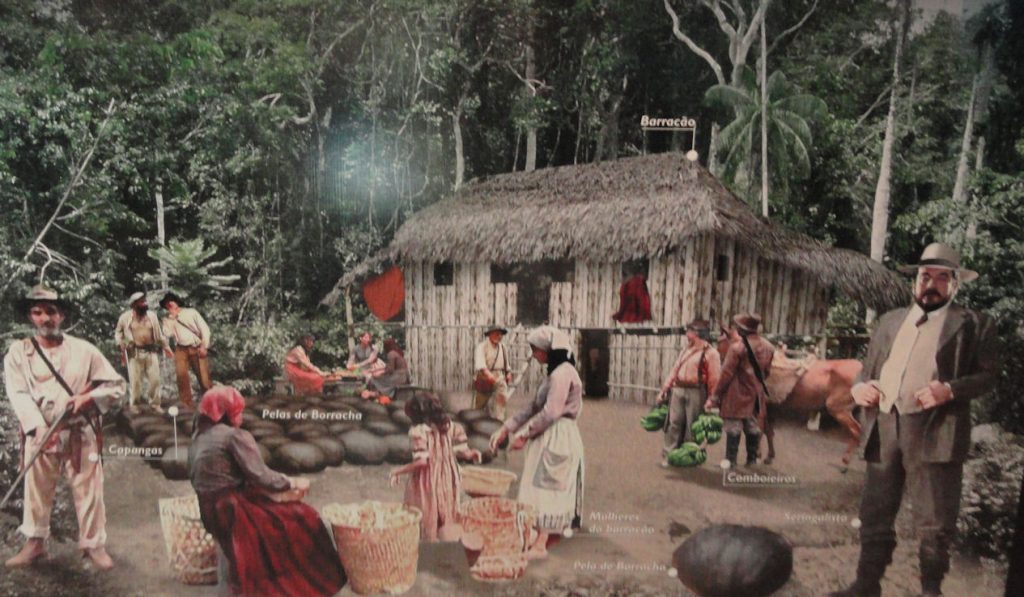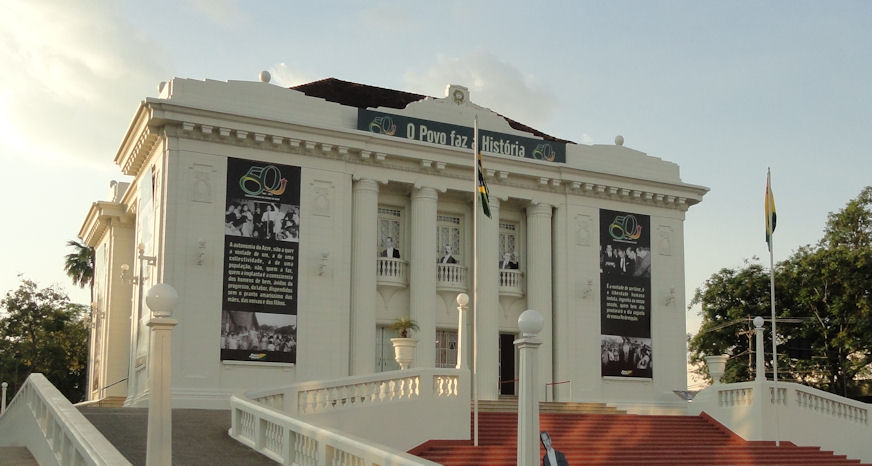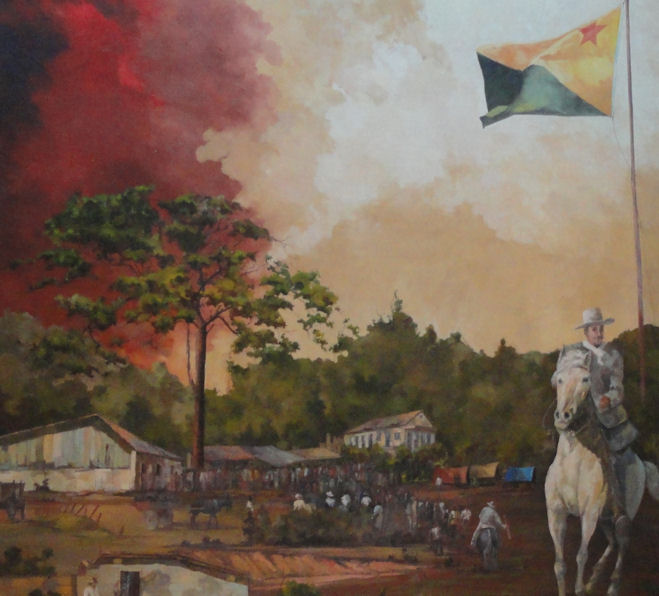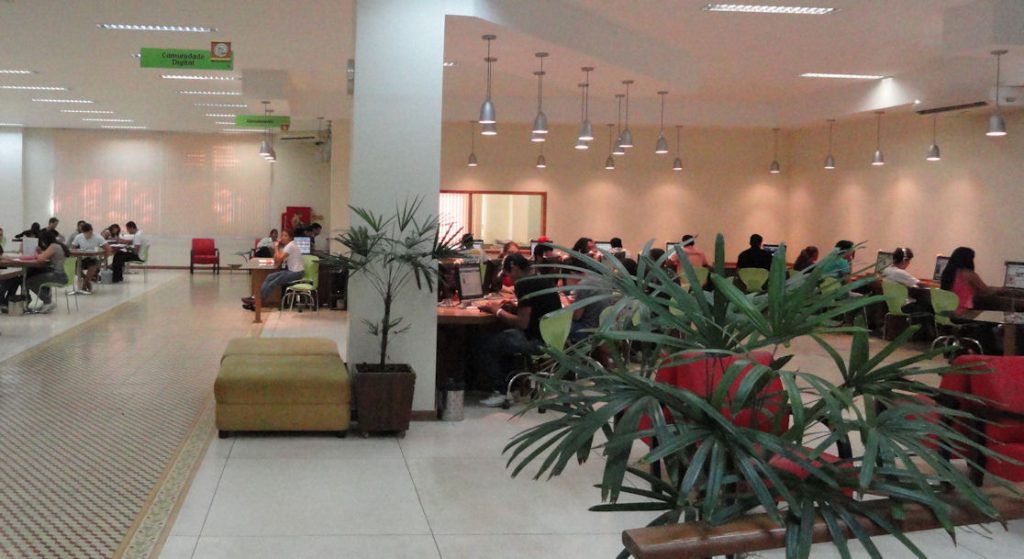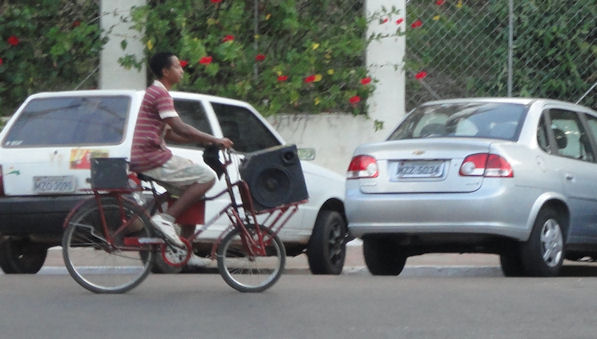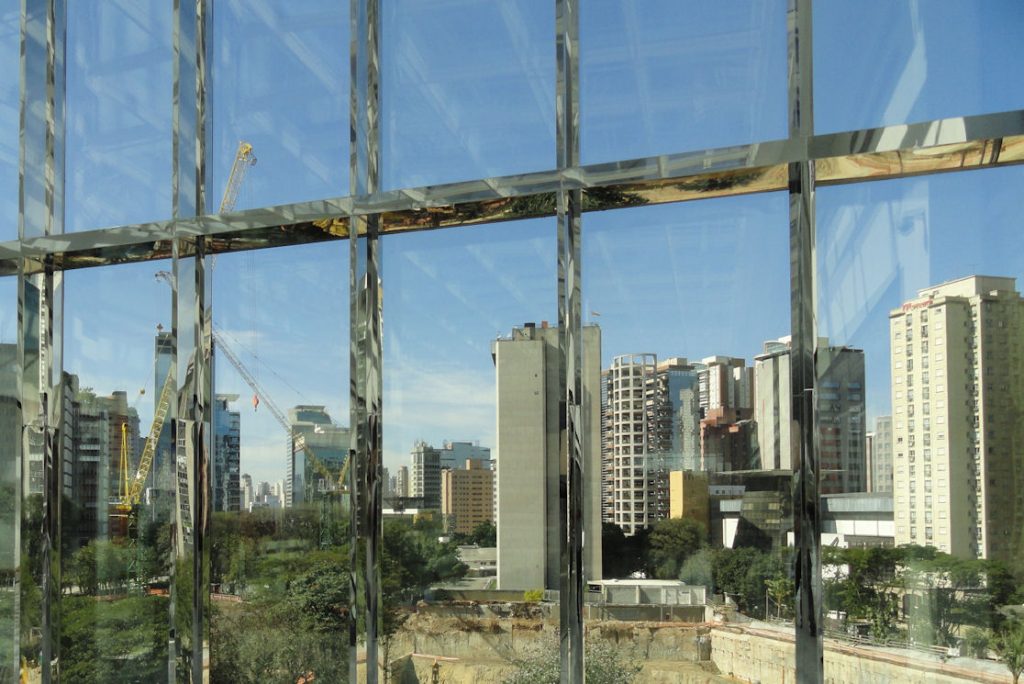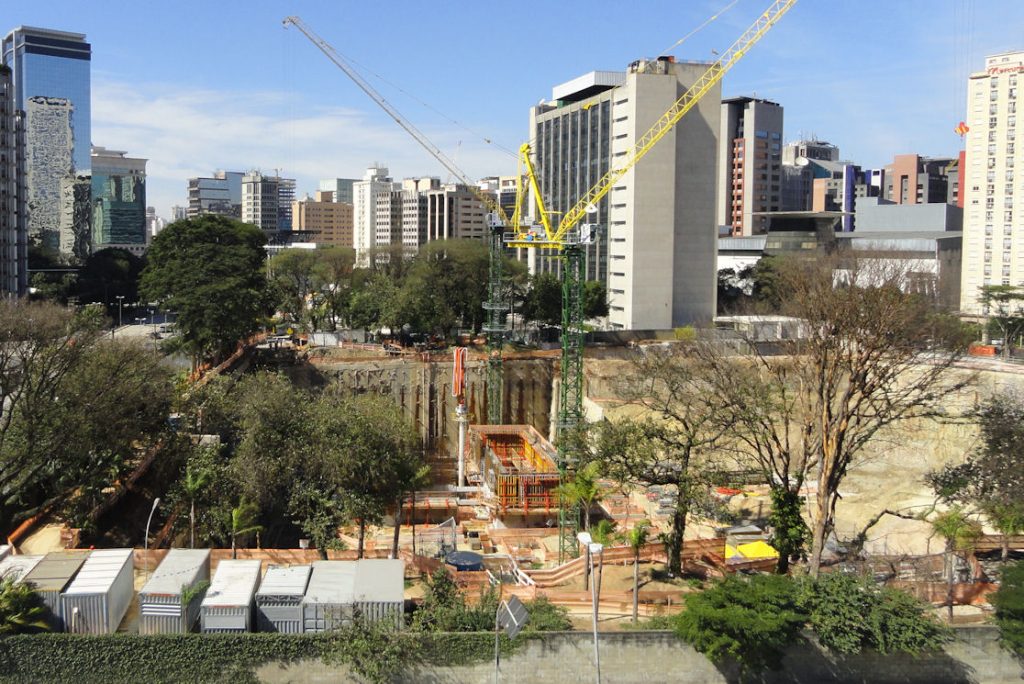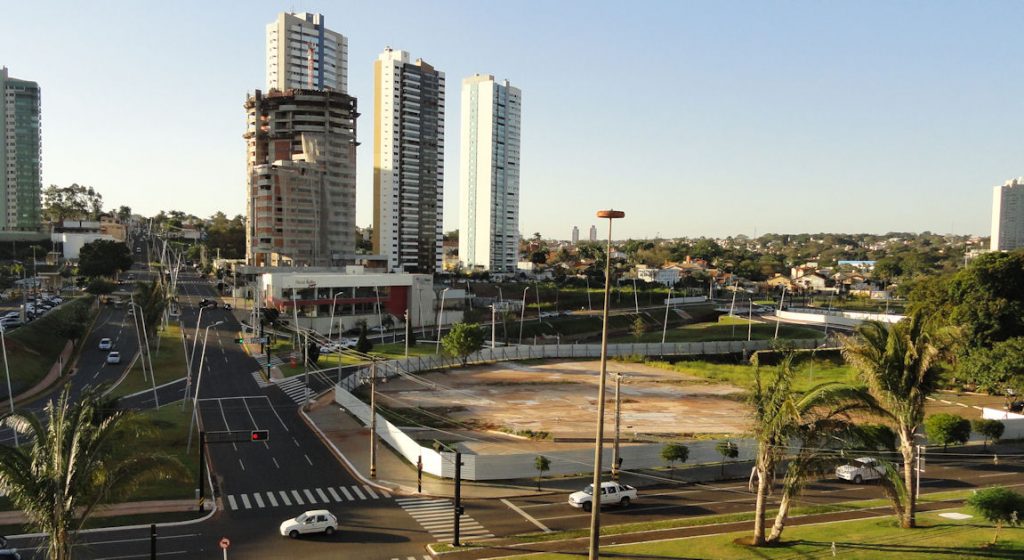
Mato Grosso do Sul shares a frontier with Paraguay and Bolivia and the population reflects the kinds of influences that shaped the demography before the borders were firmly set, but there has also been lots of immigration, internationally and from other parts of Brazil. The Youth Ambassadors that I met for pizza talked about their varied descent. Besides the semi-indigenous mix of the base population, they had ancestors from Japan, Germany, Italy, France and the Arab world.
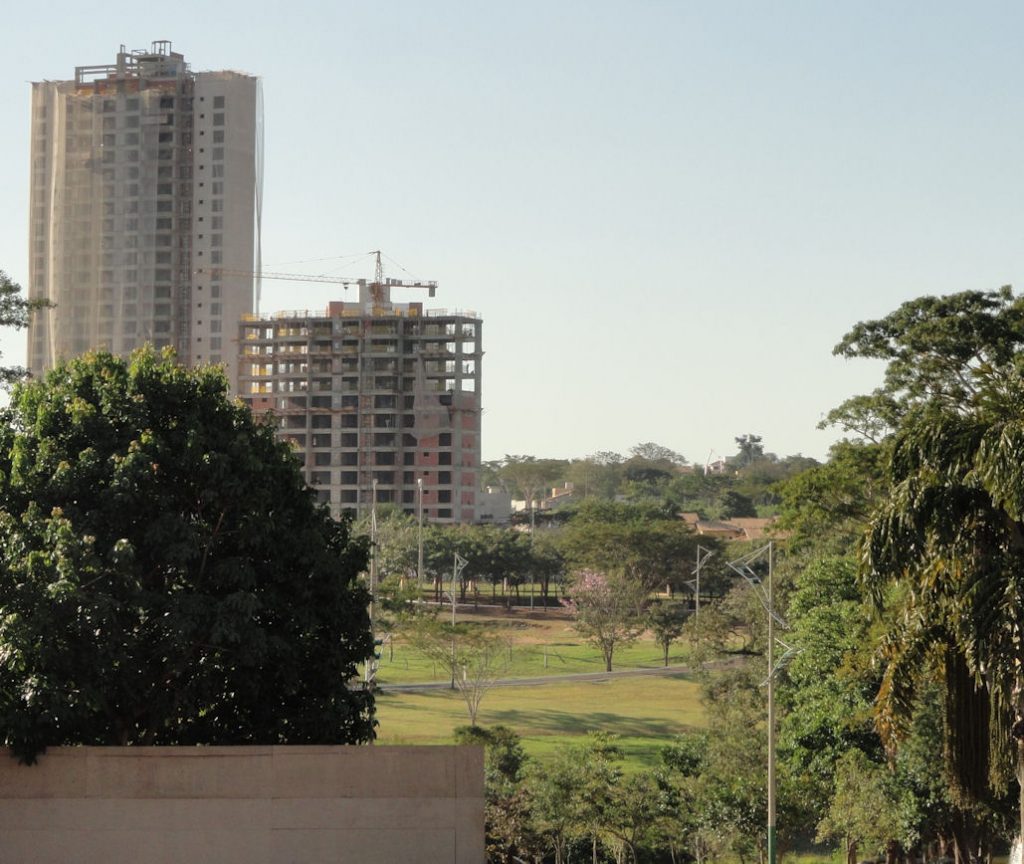
The football/soccer teams in Mato Grosso are not very good, so the Mato Grosso fans tend to support better teams from other places and the fan loyalties tell a little about the cultural influences in the state. The São Paulo team, Corinthians, from just across the border, is one of the most popular. This is not surprising given the proximity, but also held is high esteem is Grêmio, a team from Porto Alegre. Grêmio’s popularity reflects the large scale immigration from Rio Grande do Sul. The Gauchos could trade a small farm in Rio Grande do Sul for a very large one in Mato Grosso do Sul. It was people who considered themselves frontier people moving to a new frontier. According to what people told me, some interior cities such as São Gabriel do Oeste are essentially Gaucho cities.
The geography of Mato Grosso do Sul around Campo Grande is reminiscent of the plains of Texas. It is flat or with long hills and grassy with isolated groves of trees. As the plane landed, I noticed that the farm fields were enormous and in the geometrical shapes that indicate topography without many natural obstacles. The climate is like Brasília, cerrado with distinct wet and dry seasons. It was hot during the day, but got chilly at night. I opened the window in my hotel room and did not need air conditioning.
Campo Grande is a middle sized city of around 800,000. It is clean with wide well-maintained streets, mostly arranged in a grid pattern, which spreads out the traffic and makes it easy to get around. Near my hotel, the streets were named after Brazilian states, which made it easy to remember. I walked up Alagoas Street to Mato Grosso Avenue. It was only a couple kilometers from the Park Hotel, where I stayed, to the pizza place where I met the local Youth Ambassadors. The streets are straight with sidewalks all the way.
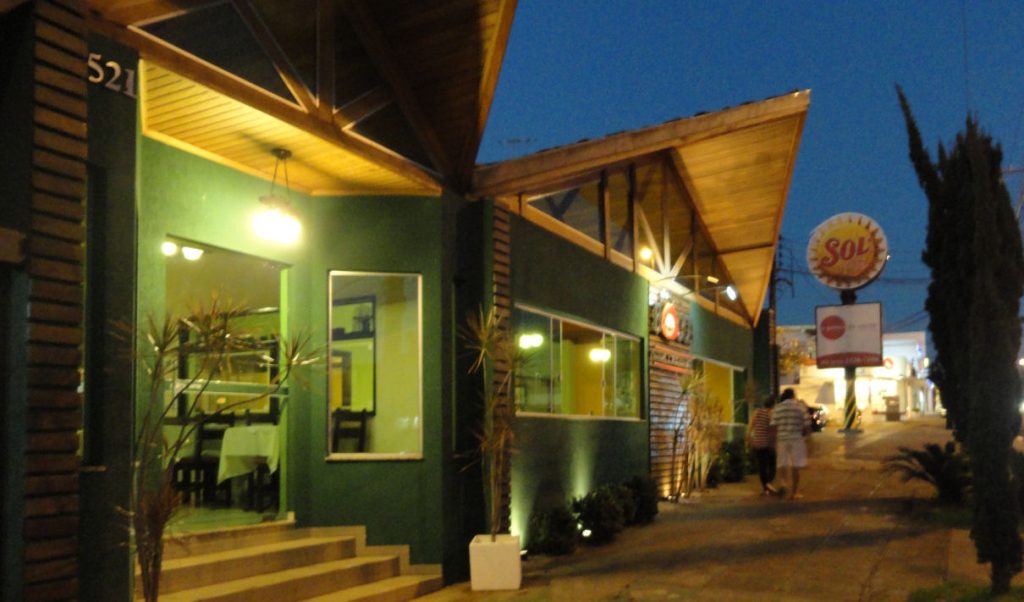
I took a taxi back because it was a little late. When I asked the taxi drivers to tell me about the best things in Mato Grosso, the first factor he mentioned were the roads and highways. I suppose that reflected his particular line of work; a guy who drives for a living notices roads, but he seemed to be right concerning the roads in the city. He assured me that this was also the case for highways in the countryside. He admitted that highways in the state of São Paulo were better, but pointed out that the good highways in São Paulo were toll roads, while those in Mato Grosso were free. My driver credited the leadership of Campo Grande mayor, now Mato Grosso governor, André Puccinelli. He also said that Puccinelli was generally a “mestre-de-obras” who built parks and cleared out the favelas, and indeed I didn’t see any favelas in Campo Grande.
The economy in Mato Grosso and Campo Grande is mostly based on agriculture and the processing businesses associated with that. Twenty-five years ago, it was almost all cattle, but the state has now diversified into row crops such as soy and corn. There is also a strong forestry sector, mostly based on quick rotation genetically superior eucalyptus used for fiber. Fibria, one of the world’s largest producers of cellulose, has lots of operations in Mato Grosso do Sul as does JBS Friboi, the world’s largest beef producer. Campo Grande has a big military installation that you see right as you leave the airport. The bases lie on both sides of the road. One of our Youth Ambassadors told me that he attended the military school, which he said was an excellent school. It was good enough to produce a YA in any case.
My pictures show Campo Grande up top. The bottom picture is the pizza place pizzaria l’aqua in boca where I met the Youth Ambassadors. The pizza was good but I didn’t like its signature stuffed crust with cheddar cheese.
